 9
9
Dragons in Yokohama
Cathy CawoodKantei-Byo Shrine in Yokohama Chinatown is swarming with decorative dragons.
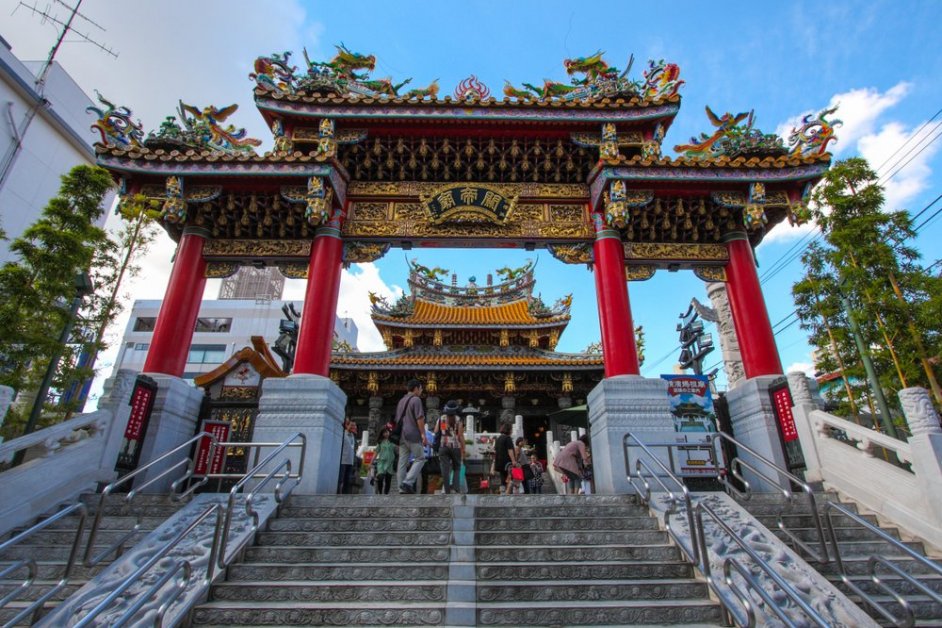
Kanteibyo Temple (関帝廟) is a spiritual landmark in Yokohama’s Chinatown. It shines like a beacon of faith with its vibrant red exterior and intricate detailing. Dragon statues stand above the entrance with poised bodies and open mouths, fiercely guarding the temple. The interior is decorated ornately with gold designs, wordlessly speaking of the temple’s significance. In the center sits a statue of Guan Yu, a famous military general turned deity who is immortalized in the historical Chinese novel, Romance of the Three Kingdoms. Worshippers pray to Guan Yu for business and financial prosperity.
History
Founded in 1862, Kanteibyo was allegedly created when a Chinese migrant brought a statue of Guan Yu to Japan. The temple started humbly as a small shrine but expanded over the years thanks to donations from devout worshippers.
Kanteibyo’s history was a turbulent one, as it stood witness to numerous calamities. In 1923, the temple was destroyed by an earthquake; years later it was damaged in 1945 during World War II air raids; and in 1986, it burned down due to an unsolved fire incident. After each destructive event, the town united to rebuild the temple, reflecting the residents’ deep sense of community and connection with each other and the temple.
Today
Kanteibyo has become entrenched in Chinatown’s legacy and is a frequented site by residents and tourists alike for prayer and admiration. The temple is dedicated to seven deities, all of which--except the Jade Emperor who is symbolized by the ceiling--are represented by lavishly adorned statues. These deities include the Jade Emperor, Guan Yu, Di Mu Niang Niang, Zhou Cang, Guan Ping, Guan Yin, and Fu De Zheng Shen. Centered in the temple is Guan Yu’s statue, which is red-faced, long bearded, and cloaked in brightly-colored attire.
The most common way of praying involves the use of incense sticks. While fire is prohibited in the main shrine, worshippers can light the incense sticks outside and place them in five burners corresponding to the shrine’s deities. After lighting the incense, practicers enter the main building and pray to the deities in a specific order. Temple assistants can also help people tell their fortunes with the use of divination moon blocks.
The temple holds celebratory events throughout the year with the most popular ones being on New Year, Lunar New Year, and Guan Yu’s birthday. These spectacles are filled with traditional Chinese performances such as lion and dragon dances.
Six minute walk from Ishikawacho Station, 10 min walk from Kannai Station, 5 min walk from Motomachi-Chinatown Station.
 9
9
Kantei-Byo Shrine in Yokohama Chinatown is swarming with decorative dragons.

Kantei-byo (関帝廟) is a Chinese shrine dedicated to “Kanwu” who is a famous general in the well-known Chinese historical nov..
 12
12
Yokohama Chinatown-Calm in the midst of cheerful chaos: Kanteibyo Temple (Mausoleum) is the most important spiritual, cultural..
 10
10
Kanteibyo Temple in Yokohama Chinatown is stunningly beautiful and the pride of the Chinese community

Yokohama's Kanteibyo Mausoleum encourages you to offer up your prayers in a proper Chinese way
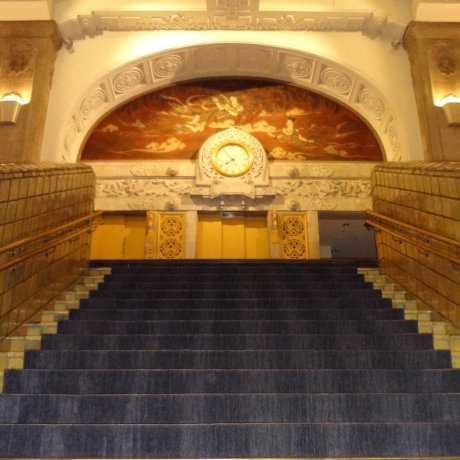
The elegant building facing Yamashita Park, is one of the oldest hotels in Yokohama: the Hotel New Grand.

To properly see Yokohama, you need a good quality hotel with a central location. Hotel MyStays Yokohama Kannai is my first choice...
 9
9
Navios Yokohama is a reasonably priced hotel in an excellent location in the Aka-Renga Shoping District. The view from the guest..

Perfect for couples or groups (up to 12 people), Masago provides enticing kaiseki dining that is delicious and artistic. Try their classic Japanese-style..

RUCY+R boasts a delicious and colorful vegan menu. You won't be disappointed by the Hawaiian-inspired cafe where you can try Mexican taco salad, tofu-katsu,..

Enjoy high-quality authentic Chinese food such as dim sum, congee, and noodles at MS. CASABLANCA. This casual Chinese dining space is chic and comfortable,..
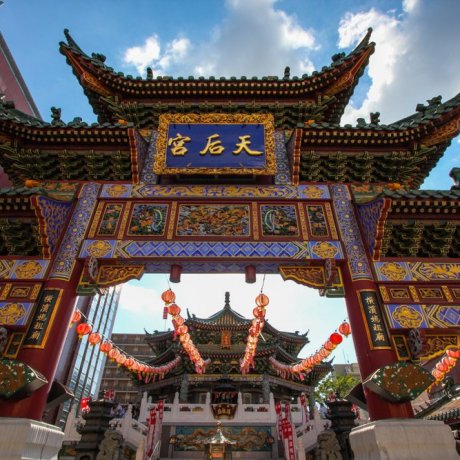
Masobyo Temple (媽祖廟), also called Ma Zhu Miao, is located in Yokohama’s Chinatown. The young Taoist temple, which opened relatively recently in 2..
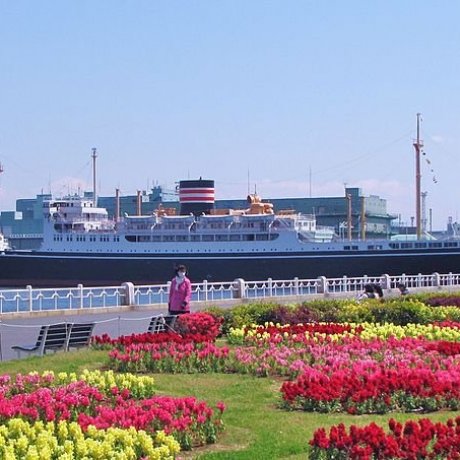
Yamashita Park (山下公園) is a public park along YokoThe Yamashita Park is considered the first coastal park in Japan and is located directly in fro..
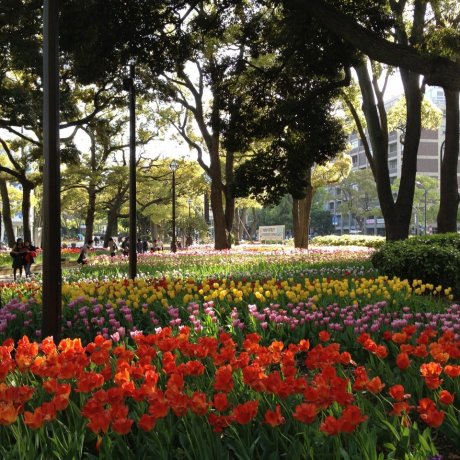
Yokohama Park is the second oldest park in Yokohama after Yamate Park and was opened to the public in 1897. With the construction of Yokohama Stadium,..
Your feedback has been sent.